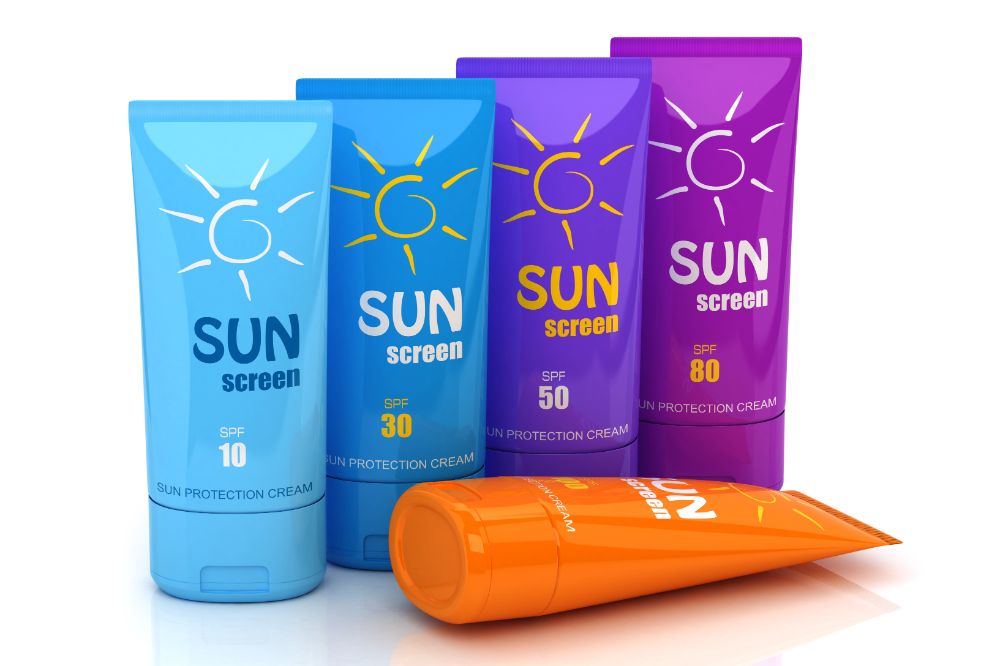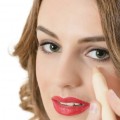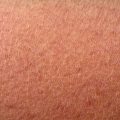"Make sure you put on some sunscreen!" We have all heard that as we ran out the door to have a bit of summer fun, and it was good advice. The damage that the sun could cause to your skin might have long-lasting effects, and sunscreen is intended to protect you from that.
Sunscreen has been around since the time of the Egyptians, but the modern formula was created in 1936. Over the years, the formulas have changed quite a bit, and along with these changes came a way to rate the sunscreen.
SPF (sun protection factor) is a number found on all bottles of sunscreen. But how is that number determined? And what does the number actually mean? Here we will take a look at everything you need to know about the number on the sunscreen.
How is the SPF of Sunscreen Decided?
SPF tells you how long you can stay out in the sun without getting burned. In order to figure this out, sunscreens are put through several lab tests. These tests consist of the sunscreen being applied to sensitive patches of skin of volunteers.
The sunscreen is applied with a liberal hand, and then that skin is placed under UV lamps that simulate real sunlight. Then the scientists watch to see when the skin begins to redden. This is then compared to the same sensitive skin being exposed to the UV lamp without sunscreen.
To determine the final number, the scientist uses a formula. They take the number of seconds it took the sunscreen patch to redden and divide that by the other test's second count. The resulting number is then used as the sunscreen's SPF.
SPF Deciphered
How does that translate to you and your safety from the sun? Many people think that the higher the SPF, the more protection it lends to them. But this would be wrong. Actually, the sunscreen, no matter how high the number, protects you equally.
However, the higher the number, the less you will have to reapply for the sunscreen. But even if you're using high SPF ratings, you may still want to go with the recommended application process. It is suggested that you reapply every two hours.
If you are enjoying outdoor activities that cause you to sweat profusely or have to do with the water, you may want to reapply more often. This will ensure that you are protected as much as possible from the harmful rays of the sun.

Two Types of UV Rays
One thing to keep in mind, though, is that sunscreen is only protective against UVB rays. These are the short rays that are produced by the sun. For a long time, these were the rays that everyone was concerned with because they are shorter and were the chief culprits of your sunburns.
UVBs were later found to be just one of two types of rays that people should be cautious of. The longer rays, UVAs, are the rays that tend to age your skin and could potentially cause skin cancer. The single spectrum traditional SPF of most sunscreens does not have any ability to protect your skin from these rays. So you may want to consider the following tips to help protect yourself further.
Think about the clothing you are wearing. Of course, the more skin covered, the better. But that might be uncomfortable in hotter weather. So, looking at the fabric your clothes are made of might be smart. The tighter the knit of the fabric, the safer your skin is. If you are wearing lightweight fabrics, you will want to make sure to apply sunscreen to the areas covered by your clothing as well.
You can also look for clothing that is designed with features to help protect you from the sun. Many brands offer clothing that has a UPF (ultraviolet protection factor).
Invest in a good hat with a wide brim to protect your face from the sun.
You may want to ensure there is shade close at hand. When you are out in the heat of the day, the UV rays are the most powerful.
How to Choose the Right SPF
Now that you understand how SPF is determined and what it means, you might be wondering how to choose the right sunscreen for you. Here are some tips that should help you out a bit.
Look for a sunscreen that is designed for broad-spectrum protection. Sunscreens with this feature protect your skin from both UVB and UVA rays. This means you will be protected from both sunburn and skin cancer.
It is ideal to choose a sunscreen that is SPF 30 or higher. At SPF 30, you will be protected against about 97% of UVB rays. As the SPF gets higher, the better protection you will have.
Remember that if your sunscreen is labeled as water-resistant, that does not equate to waterproof. For those sunscreens that make this claim, look at the bottle because the manufacturer will have to give you a timeframe for its use. Typically the water resistance will last from 40 minutes to 80 minutes. After which, you will need to reapply, especially if you have towel dried recently.
Final Thoughts
No one wants to spend their days laid up after beings sunburned, and choosing the right sunscreen is key to preventing that. Understanding what SPF means and how it is determined will help make the right decision. The biggest thing we want to reiterate is that a higher SPF rating does not give you more protection, just protection for longer.
Choosing a high-quality, broad-spectrum sunscreen will help reduce the chance of you burning. It will also safeguard you from UVA rays that could cause premature aging and even worse, skin cancer.
But no sunscreen, no matter how high the SPF is, will give you 100% protection. Now you know what SPF is, you should use that knowledge and couple it with other practical ways to protect your skin from the sun's harmful rays like the ones we discussed above.





